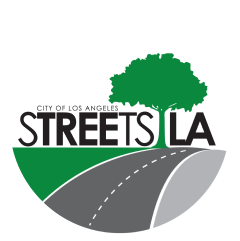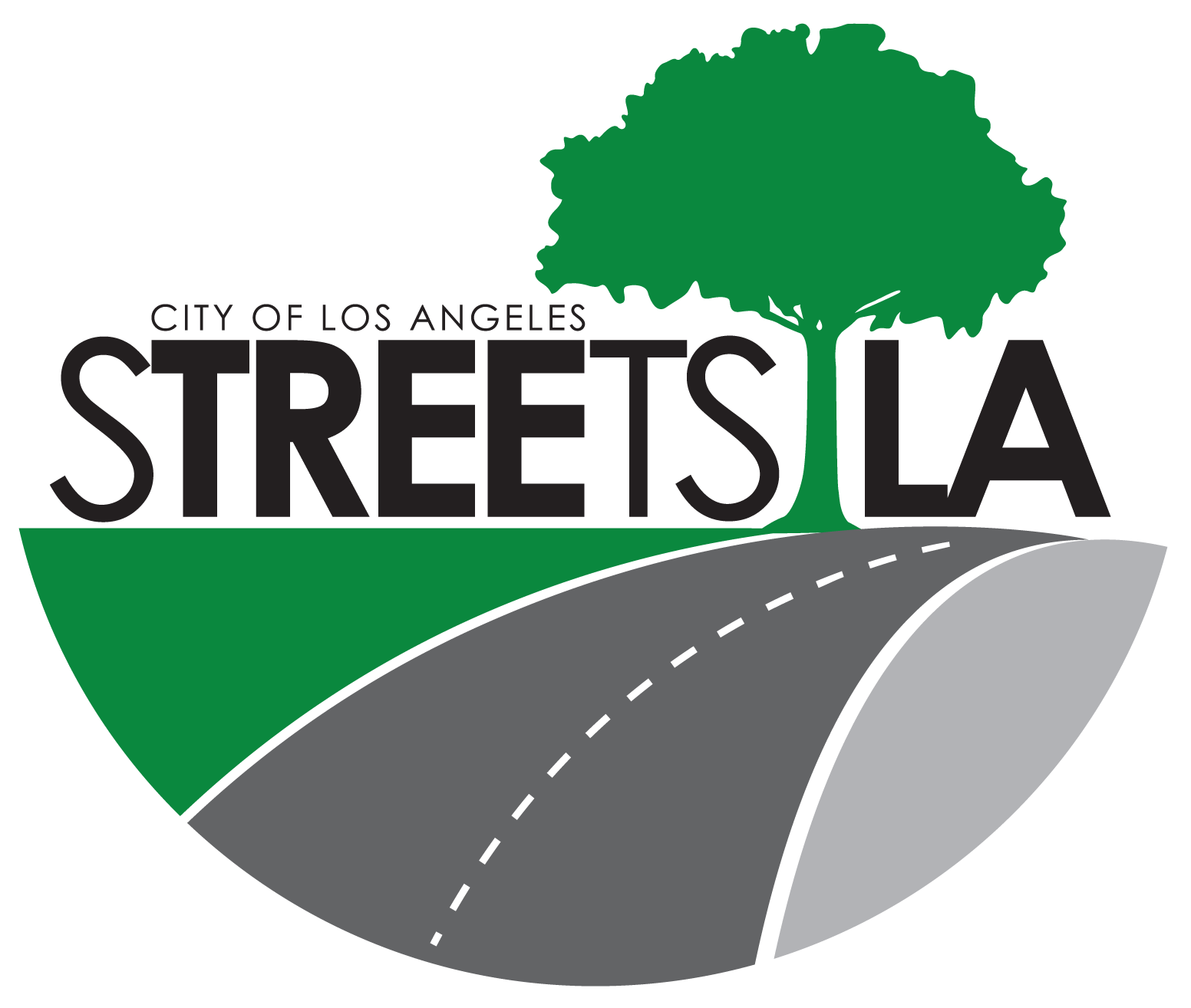The City of Los Angeles History:
The City of Los Angeles was incorporated on April 4, 1850. From 1850 to 1878, the population increased from 1,150 to approximately 10,000. There were no graded streets, every citizen was his own sweeper. On Saturdays, residents swept and cleaned up the street in front of their property.
The Department of Public Works History:
- 1872, March 20 - The Board of Public Works was created consisting of five members appointed by the council.
- 1872, April 15 - Jasper Babcock was appointed by the Board, as the Superintendent of Streets and Highways at a salary of $50 per month.
- 1873, February 20 - The offices of the Street Superintendent were made appointive, under the direction of the Board of Public Works.
The Bureau of Street Services History:
The bureau was for many years known as the "Bureau of Street Maintenance", but the bureau has always provided services other than maintaining the streets. From the early days of street cleaning with horse drawn wagons to the technology of "Falling Weight Deflectometers" and "Nuclear Density Gauges", which provide pavement management and construction practices, the bureau continues to employ the latest technology to improve quality and efficiency as well as customer service.
In addition to resurfacing streets, we reconstruct and clean them, maintain the urban forest, which consists of over 680,000 street trees and 295 acres of landscaped median islands; enforce the "Annual Weed Abatement Ordinance", clearing weed growth, and remove illegally deposited debris; and enforce provisions of the Los Angeles municipal code by providing code enforcement through the "Street Use Inspection Division" for use of the public right of way for activities such as the placement of portable toilets, sign removal, newsracks, housemoving, transit shelters, and banners.
Our wide range of services has provided assistance in many emergency situations. We were there when the dam broke in San Francisquito in 1928, in 1963 in the aftermath of the Baldwin Hills Reservoir Disaster, during the rainstorms of 1978 when the Verdugo Hills Cemetery was flooded. More recently during the Civil Disturbance in 1992 and the Northridge Earthquake in 1994. So in keeping with the variety of services that we provide, we are proud to be renamed the Bureau of Street Services and to share our history from 1850 to today.
The Timeline:
- 1872, April 15 - The position of superintendent of streets and highways was created, and Jasper Babcock was appointed at a salary of $50 a month.
- 1910 - The Bureau of Street Maintenance and Inspection was created.
- 1911 - In order to cover more miles of street at a lower cost, streets were covered with gravel collected from the cellars of businesses and residences.
- 1915, April - Asphalt Plant I was completed. It was originally located at 2445 McPherson Street.
- 1925, May - Asphalt Plant II in the San Fernando Valley was completed.
- 1928, April 1 - Lot Cleaning Division was created.
- 1941, January 24 - The activities of street maintenance were transferred to a new Bureau of Maintenance and Sanitation.
- 1947, September 3 - Asphalt Plant I (McPherson Street) was replaced and relocated to 2484 E. Olympic Blvd.
- 1947, December 12 - The Board of Public Works abolished the Bureau of Maintenance and Sanitation and established the Bureau of Street Maintenance which consisted of Street Maintenance and Lot Cleaning Divisions.
- 1952, April 16 - Street Use Inspection Division was transferred from the Bureau of Inspection to the Bureau of Street Maintenance.
- 1955 - Street Tree Division becomes a part of the Bureau of Street Maintenance.
- 1973 - The full-scale implementation of the slurry seal method of the resurfacing program. Slurry seal is a maintenance process used to prolong the life of a streets' wearing surface.
- 1977, September 21 - The Granada Hills District yard was dedicated. This was the first major yard constructed for the Bureau in 7 years. The yard housed street repair, tree trimming, lot cleaning crews and their equipment as well as a debris transfer station.
- 1984, February 29 - The first Call Management Sequencer was installed in the Bureau's Service Request Section. This system consisted of a automatic call sequencer and a printer.
- 1985, June 7 - The Pavement Management System is implemented. This computerized system lists the condition of all roadways in the City and is an aide in determining the roadways to be considered in the Annual Resurfacing Program.
- 1989 - Asphalt Plant 1 and 2 are retrofitted to recycle reclaimed asphalt pavement.
- 1991 - The first Street Tree Inventory System was implemented in the Bureau's Street Tree and Parkway Maintenance Division, which manages an estimated 680,000 street trees.
- 1998, February - The City Council passes an ordinance for the Street Damage Restoration Fee. This fee was implemented to recover the cost of damage by utility companies, developers and other entities cutting into City streets to access/install underground facilities.
- 1998, June - The Bureau of Street Maintenance assumes the responsibilities of the Capital Improvement Program.
- 1998, July - The Bureau of Street Maintenance changes its name to the Bureau of Street Services.


